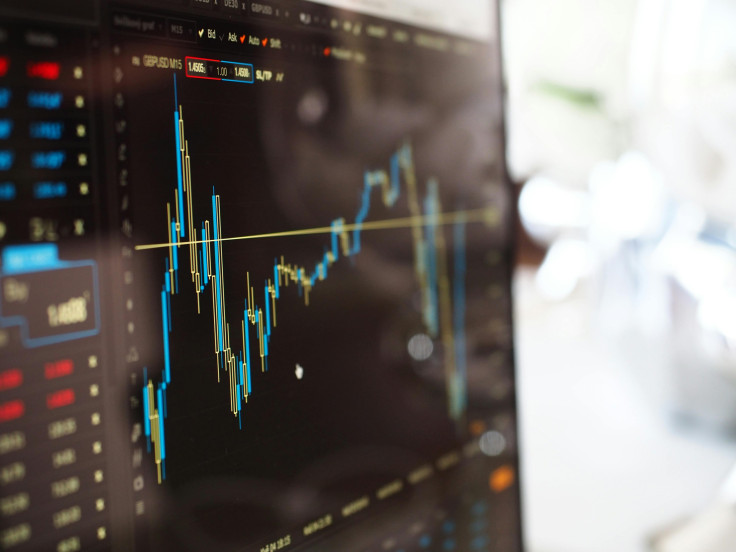South Africa's GDP Drops By 0.3% In Q3 2024

South Africa's GDP dropped by 0.3% in the third quarter of 2024, after a 0.3% increase in the second quarter, dragged mainly down by agricultural industry.
According to the Statistics South Africa (Stats SA) report on Tuesday, the agriculture industry was the biggest factor in the decline on the supply side of the economy, with transport, trade, and government services also contributing to the downshift, SA News reported.
On the demand side, there was a drop in imports, exports, and government spending. The agriculture, forestry, and fishing sectors fell by 28.8%, which contributed -0.7 percentage points to the negative GDP growth, mainly due to a decrease in field crop production.
The transport, storage, and communication industry dropped by 1.6%, contributing -0.1 percentage points to the decline. This was mainly due to reduced activities in land transport and transport support services.
The trade, catering, and accommodation industry fell by 0.4%, with lower activities in wholesale trade, motor trade, and food and beverages. Government services also decreased by 0.1%, mostly due to fewer jobs in national and provincial governments and other government institutions.
On the positive side, the finance, real estate, and business services industries grew by 1.3%, contributing 0.3 percentage points to GDP growth. This increase was driven by more activity in financial services, insurance, real estate, and other business services.
The personal services industry grew by 0.5%, contributing 0.1 percentage points to GDP growth, with higher activity in health and education. The manufacturing industry also rose by 0.5%, contributing 0.1 percentage points, with three out of ten manufacturing sectors showing growth.
The biggest contribution came from the basic iron and steel, non-ferrous metal products, metal products, and machinery sectors. The mining and quarrying industry increased by 1.2%, contributing 0.1 percentage points, mainly due to more activity in manganese and chromium ore production.
"Household final consumption expenditure (HFCE) increased by 0.5%, contributing 0.3 of a percentage point to the total negative growth. The highest growth rates were reported for non-durable and semidurable goods," Stats SA said.
It added, "Final consumption expenditure by general government decreased by 0.5%, contributing -0.1 of a percentage point. This was mainly driven by decreases in purchases of goods and services and compensation of employees."
Gross fixed capital formation rose by 0.3%. The main contributors to this increase were other assets (up 4.4%, contributing 0.5 percentage points), construction works (up 1.4%, contributing 0.2 percentage points), and machinery and equipment (up 0.5%, contributing 0.2 percentage points).
Net exports had a positive impact on GDP expenditure. Exports of goods and services dropped by 3.7%, mainly due to lower trade in items like pearls, precious stones, vehicles, chemical products, base metals, and machinery.
Imports of goods and services also dropped by 3.9%, with decreased trade-in vehicles, mineral products, vegetable products, and base metals.
Last month, the Reserve Bank announced that the repo rate will remain unchanged at 8.25% amid the ongoing uncertainty about electricity, fuel and food inflation.
© Copyright 2025 IBTimes ZA. All rights reserved.





















